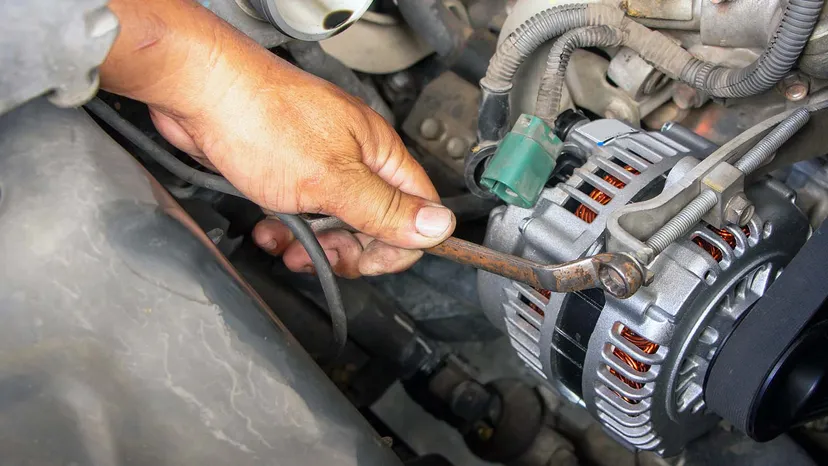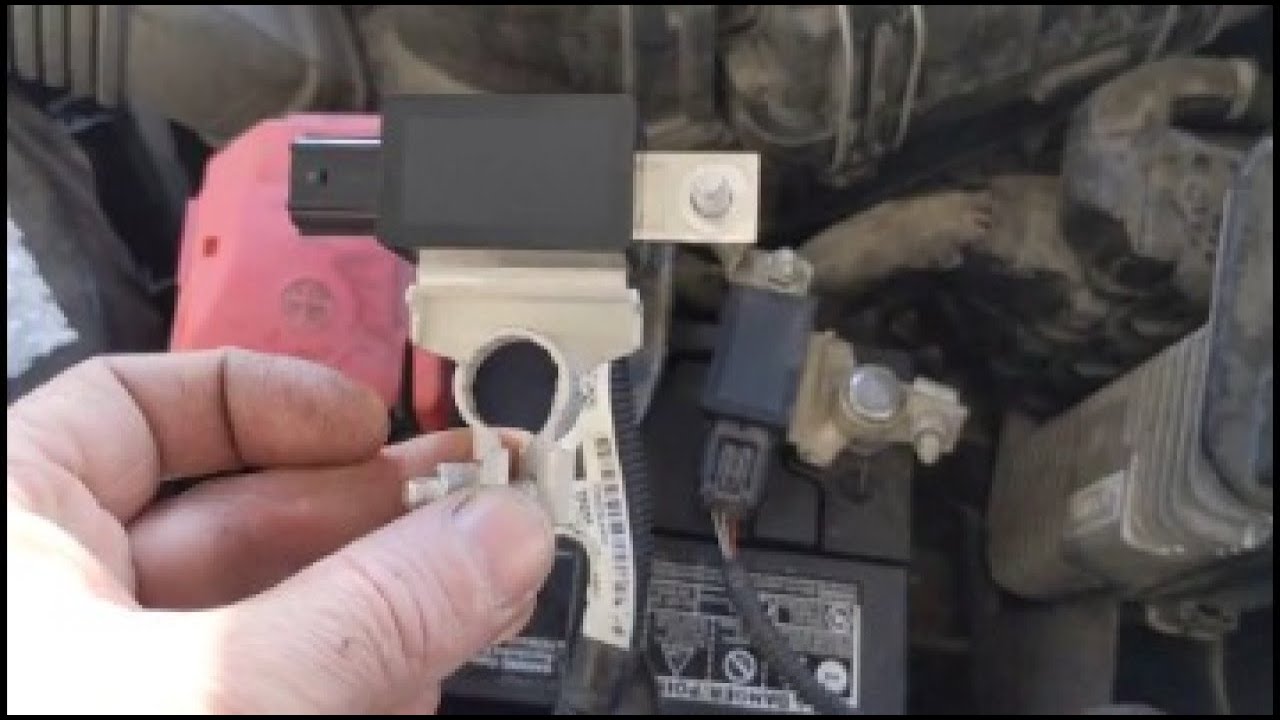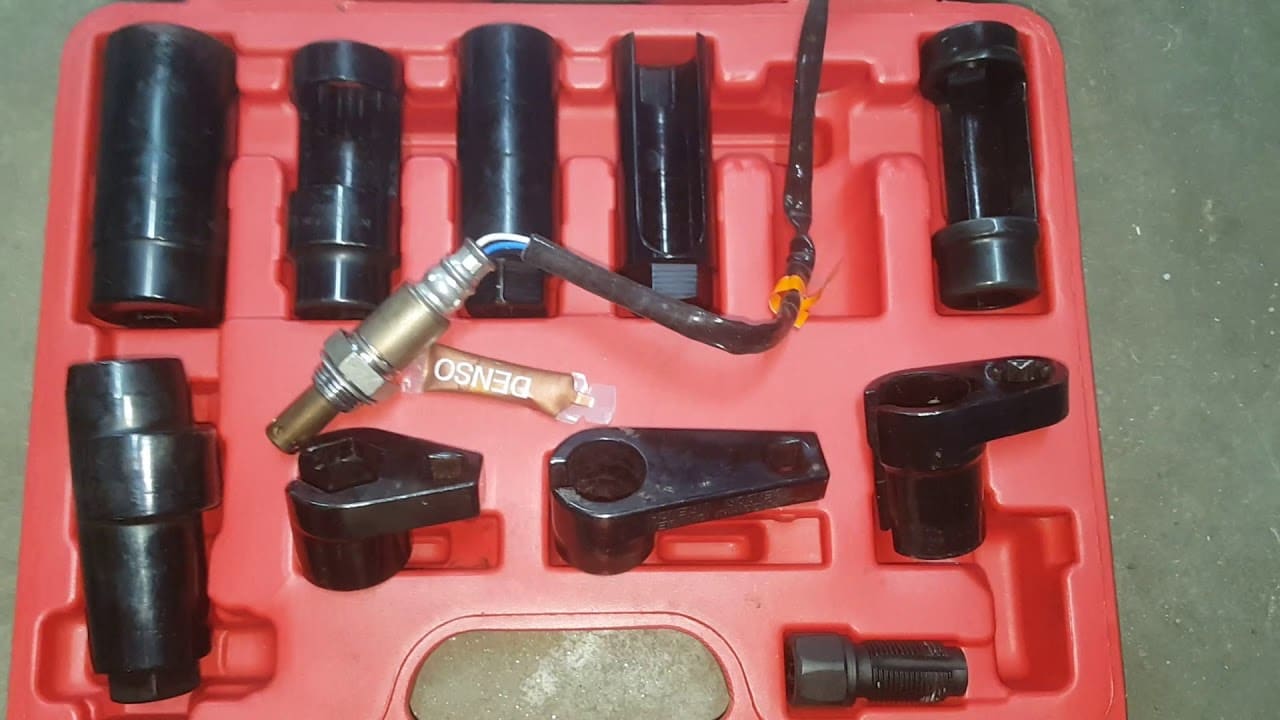
So this is why your battery light is on, but the alternator is good.
This video discusses a common problem many car owners may face: a battery not charging. We explain the possible causes of the problem, such as a malfunctioning alternator, a damaged battery, damage to the wiring or connections in the electrical system, a malfunctioning charging system, or possibly a malfunctioning battery sensor. If you have already replaced your battery, this video is for you.
We show you how a qualified mechanic uses specialized diagnostic tools to determine the cause of the problem and recommend the appropriate repairs. This video will teach you how to diagnose and fix this issue and ensure that your car is runs smoothly. Remember to stay on top of your car’s maintenance and take it to a professional if you have any problems. Don’t forget to subscribe to our channel for helpful car maintenance tips and tricks.
Why is My Battery Light on but Alternator is Good
Subscribe to my youtube channel here: https://goo.gl/j1pCfn
For the most common automotive fixes to the most common car and truck problems. DIY auto repair to help you save money.
You can also find a Honda battery sensor on Amazon here: https://amzn.to/3WK5cZr
Are you experiencing a problem with your Honda’s charging system and want to know why your battery light is on? You’re not alone. This is a common issue that many Honda owners face, and it can be a frustrating and confusing experience. In this blog post, we’ll explain the possible causes of the problem and how to diagnose and fix it.
Malfunctioning Alternator
A malfunctioning alternator is one of the most common causes of a battery not charging. The alternator is responsible for charging the battery while the car is running, so if it’s not functioning correctly, the battery won’t receive a charge. You will need a volt meter to check battery output. A battery by itself should be at about 12.6 volts when fully charged. When the engine is running and the alternator is charging as it should voltage will be about 13.5volt to 14.5 volt. If you engine is running and battery volts are below 12.6 and your battery light is on there is a good chance you will need to replace your alternator. This is what you will need to check your Charging system tester
Damaged Battery
Another potential cause of a battery not charging is an old or damaged battery. Over time, batteries lose their ability to hold a charge, and if the battery is no longer holding a charge, it won’t be able to power the car’s electrical systems. It does take a spechal battery tester to check the health of your battery but in most cases you can have it checked for free at your local parts store. Or you can check out these options on Amazon: Battery Tester
Damage to Wiring and Connections
Another issue that can prevent the battery from charging is damage to the wiring or connections in the electrical system. If these connections are corroded or damaged, they can prevent the battery from receiving a charge. A qualified mechanic can check the wiring and connections to see if they need to be repaired or replaced.
Malfunctioning Charging System
Another possible issue is a malfunctioning charging system, which includes the battery sensor, voltage regulator, and other components. If these components aren’t functioning properly, it can prevent the battery from receiving a charge. On many newer cars, you may also want to scan all the modules for codes and see if any charging codes related to the charging system are present. The Honda in this video had codes stored for the battery sensor. It’s always a good idea to check all the fuse, fusible links, and relays. This Honda had a malfunctioning Battery Sensor
Charging System Battery Sensor and how It Works
The battery sensor, also known as the battery management system (BMS), is an electronic device that is installed in a car to monitor the state of the battery. Suppose the sensor detects an issue with the battery, such as overcharging or overheating. In that case, it may trigger a safety feature that prevents the car from charging to protect the battery from damage. Most battery sensors are located right on the battery and are part of the battery terminal, which is easy to service for any DIY.
Average Cost of Repairs if your Battery light is on
The cost of replacing an alternator can vary depending on the make and model of the vehicle, as well as the location and labor rates of the repair shop. On average, the cost of alternator replacement can range from $300 to $900. However, it is always best to get a specific quote from a reputable repair shop for your specific vehicle and location.
Conclusion
In summary, if your Honda’s battery isn’t charging, you can take your car to a qualified mechanic who can use specialized diagnostic tools to determine the cause of the problem. They’ll be able to check the battery, alternator, charging system, and electrical system to find the root cause of the problem and recommend the appropriate repairs.
Don’t let a problem with your battery keep you from enjoying your Honda. Stay on top of your car’s maintenance and take it to a professional if you have any issues. And don’t forget to check our YouTube channel for more helpful car maintenance tips and tricks . In our latest video, we go over the same information explained in this post but with a visual aid.


